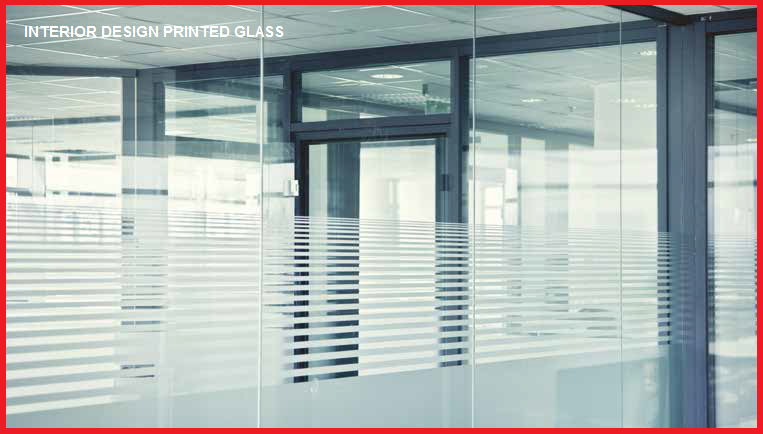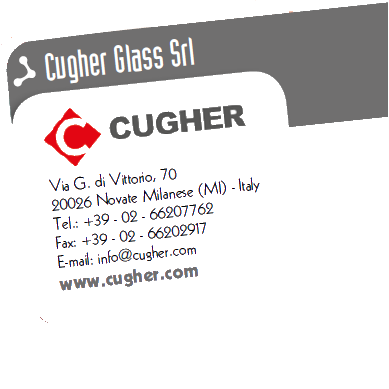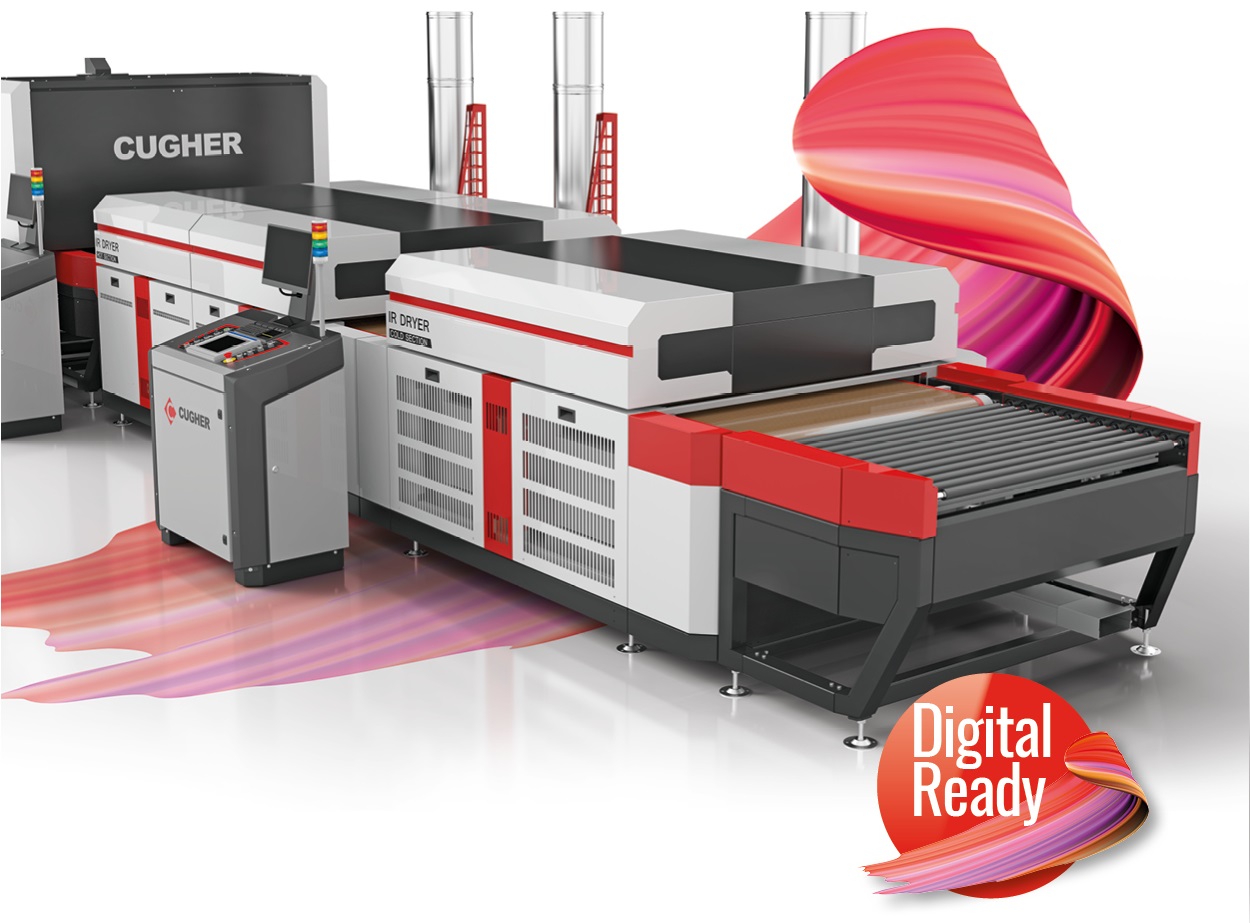
SPEEDING UP THE DRYING PROCESS
In every printing process there is the need to dry the paint and anchor it onto the printed surface as soon as possible. The reason for this is to enable the printed surface to be handled without damaging the printed image, and, moreover, to avoid the contamination of the ink/enamel due to dust in the production area. Two main goals must be achieved to speed-up the drying process: the first is to transfer energy to the ink/enamel, and the second is to evacuate the vapours generated by the solvents during the curing process.
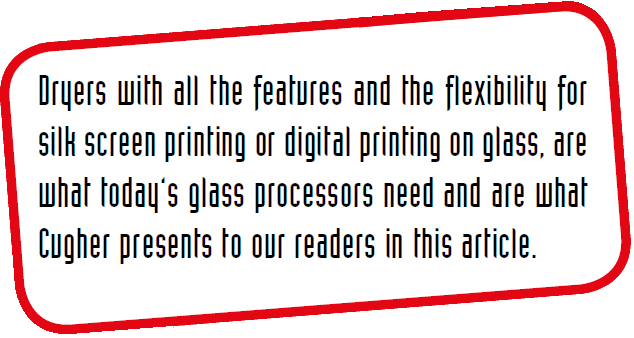
According to ink specifications, hot air, infrared radiation or UV radiation are the most known and widely available technologies to transfer the energy required for the curing process. To evacuate vapours, on the contrary, the only way is to have air flowing on the printed surface and an efficient exhaust system. This also removes the vapours from the printed surface, accelerating the drying process. In the glass industry infrared curable inks are the preferred in terms of quality and stability.
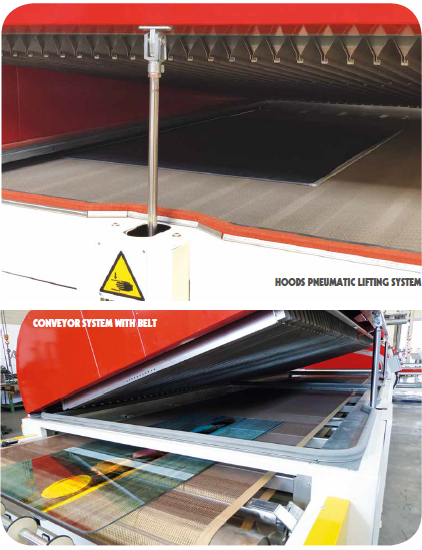
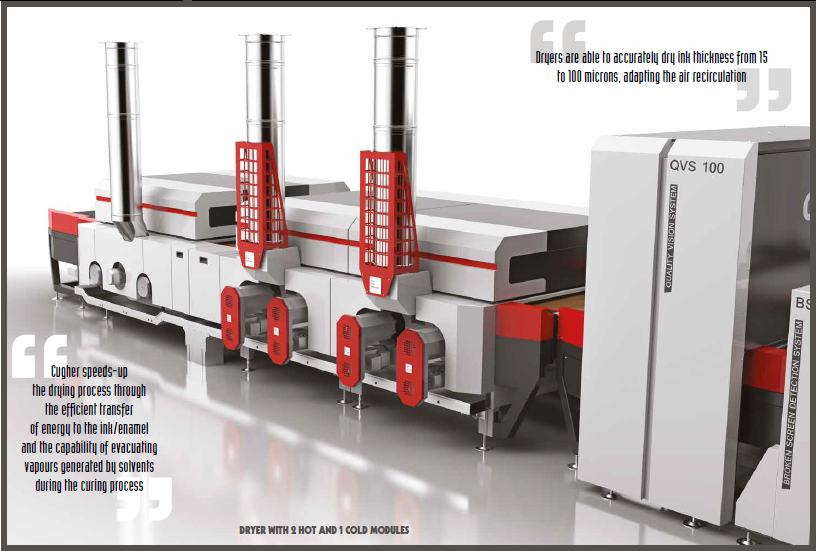
INFRARED DRYERS – STANDARD WIDTHS AND MODULAR LENGTH
Cugher Glass has, in the last decade, developed a family of infrared dryers, with standard widths (1 metre, 1.3 metres, 1.6 metres, 2 metres, 2.3 metres, 2.5 metres) and modular length. Cugher can, in fact, arrange hot sections with up to five modules, each 1.4 metres long, resulting in IR tunnels from 1.4 to 7 meters, meeting all the most common requirements in terms of temperature and cycle time. Downstream from the hot modules there are also cold modules of course, which are part of the supply. The number of cold modules is determined by the temperature on the glass that clients need to achieve.
UV AND HOT SOLUTIONS TOO
Of course, Cugher can also provide UV and the hot air solutions, as well as totally integrated solution with hot air, infrared and UV lamps in one single machine. Each curing system can be activated separately. The IR dryer is, in fact, always provided with recirculation and an exhaust system. Considering that the IR lamps (with a specific power of 20-24 w/cm each according to the size of the dryer) also generate a consistent amount of heat, with the hot air directed on the printed surface by the recircula tion fan, adding energy to the curing process. Cugher IR dryers actually combine hot air and IR effect. As an option, heating elements can be installed to heat the air, enabling to switch off the IR effect and use the Cugher dryer as a simple hot air unit. All the recirculation fans of Cugher dryers are controlled by inverter. This is an important feature, because the speed of the air needs to be adjusted according to the characteristics of the ink.
SETTING THE SPEED OF THE RECIRCULATION FANS
If the thickness of the wet surface is in the range of 20-30 microns, such as in silk screen printing processes, and viscosity is quite high, it is possible to have an important amount of air. On the contrary, if the thickness of the wet surface is in the range of 60-100 microns, such as in ink jet printing, and the viscosity is quite low, it is necessary to reduce the amount of air. According to these requirements, the speed of the recirculation fans can be set together with the set-point in the dryer recipes. Moreover, each single fan can be adjusted independently with regards to speed, creating a speed table where the fans are running low where the paint is totally wet (first module), and are running fast where the paint has already started drying and the wet film is already stable. Of course, the temperature can be set accordingly module by module. Since we are talking about a tunnel, the glass needs to be driven through the dryer with a conveying system.
Easy maintenance thanks to particular mechanical solutions
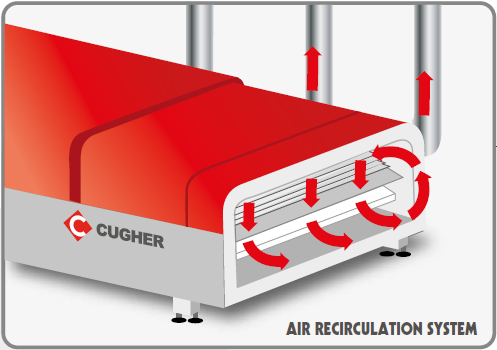
BELT SYSTEMS ON CUGHER IR DRYERS
The conveying system can be a fibre-glass PTFE coated belt with a width slightly wider than the maximum glass size, or it can be a roller conveyor (donuts or full roller), where the rollers need to be in steel covered with some sort of protection, typically fibre-glass or ceramic material. From the mechanical point of view, the belt system is preferred due to the fact that the motor and tracking are totally outside the hot chamber, facilitating the work of maintenance personnel.
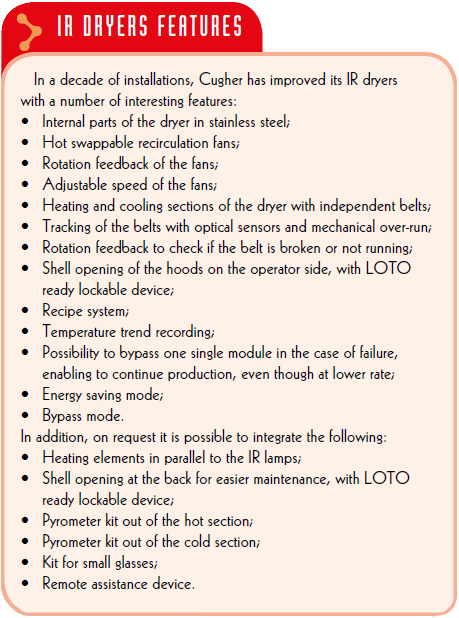
Operations such as greasing and tuning are carried out in safety outside the IR tunnel – even if the dryer is hot – while the belt can be cleaned when the dryer is at set-point simply brushing the belt while running with brushes and rags. On the contrary, in the case of UV dryers, a roller system is preferred because modern inks require radiation also from the bottom, which requires a lamp or mirrors on the bottom of the conveying system.
A belt would mask and interfere with the radiation, while a roller system grants the proper space without interference. Last but not least, in the case of broken glass, since we are mainly talking about non tempered or laminated glass, with the roller system the pieces are small enough to fall in between the rollers, while in case of belts the pieces will be transported on the mesh out of the dryer. Cugher IR dryers are therefore equipped with a belt system, which runs on a stainless-steel bars bed. This system originally used a grid, but with some inks the longitudinal supports reflected the radiation and overheated the glass, which were visible after tempering or bending processes. For this reason, Cugher removed the longitudinal supports many years ago, and nowadays the belt runs on transversal bars only. Stainless steel rollers If the glass is thicker than 8 millimetres, the friction of the belt on the bars’ bed may lead to undesired wearing of the belt and may also result in issues on the tracking of the belt. Cugher dryers are designed to be installed with stainlesssteel free rollers instead of bars. With this simple kit, glass up to 19 millimetres thick can be cured in the dryer running smoothly on the belt.
